Career Services
Higher Education Depends On It
Why Career Education is Central to the Future Success of Colleges and Universities A Changing Landscape for Colleges and Universities […]
Solutions
Helping higher education create transformational change across campus.
See AllFor Universities
Admissions & Enrollment
Maximize enrollment by increasing yield & reducing melt
Mentorship
Scale on-demand mentorship and formal mentorship programs
Experiential Learning
Scale High-Impact Practices for student success
Alumni & Advancement
Grow alumni engagement & the philanthropy pipeline
PathwayU
Redefine how students pick majors & careers with PathwayU
Student Success
Increase retention & persistence to graduation
Career Services
Improve career readiness & career navigation
Industry Partners
Connect universities & corporations for project-based learning
Success Stories
Read how schools leverage PeopleGrove in their communities.
See All Stories
University of Kansas
How University of Kansas scales career services to their 375,000 alumni
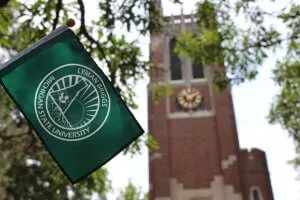
Michigan State University
How Michigan State ensures academic and career success for students

University of Miami
How the Toppel Career Center joined forces with alumni to provide career guidance to students
Resources
Explore blogs, webinars, whitepapers, and more resources to enhance how students and alumni connect.
See All ResourcesBlog
Read posts about how PeopleGrove meets higher education’s ever-changing needs at every turn.
Events
In-person or online, join PeopleGrove for unmatched experiences, conferences, webinars, and more.
Research Library
A collection of stories, events, research, and best practices to transform learners’ experiences.
Super Mentors Book
The ordinary person’s guide to asking extraordinary people for help.
Innovators Community
Learn from thought leaders and practitioners in both higher education and workforce development.
About
PeopleGrove is made for learners by learners. Everyone here makes it possible for students and alumni to succeed.
Learn MoreCareers
Be a part of the next big thing for learners everywhere and start making an impact. Join us today!
Contact
Want to get in touch? Have a question? We’d love to hear from you. Connect with us.
Career Services
Why Career Education is Central to the Future Success of Colleges and Universities A Changing Landscape for Colleges and Universities […]

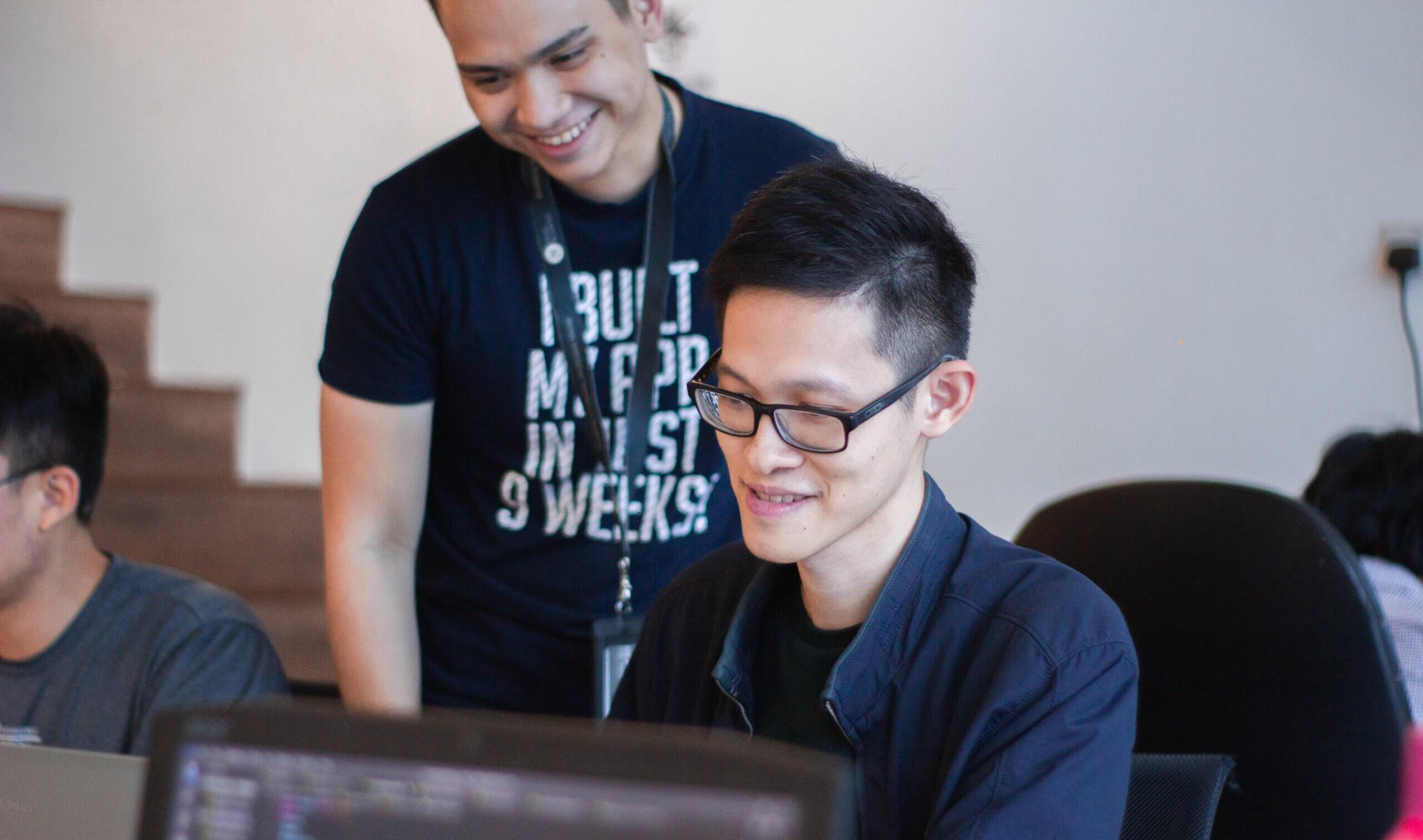
In 2014, Randall Bass, now Vice President for Strategic Initiatives at Georgetown University gave a TEDx Talk on campus and said, “for the first time now in maybe a thousand years, the university no longer has a monopoly on learning and certification.” He predicted that in 10-15 years, higher education would be out-competed on cost “on anything that looks like the delivery of content or information.1”
It’s safe to say that his prediction came true a bit sooner than that initial time frame.
As we wrote in Career Access: Higher Education’s New Core Differentiator, the reason for this shift can be traced back to questions and doubts about the return that learners get on their investment. Learners continue to question whether or not college really prepares them for the working world.2 Employers express similar frustrations.3 Public confidence in higher education is declining.4 And of course, high tuition costs don’t help this situation at all.5
The focus has now rightfully turned towards the learners and determining what they want out of higher education. No surprise there: the #1 reason someone pursues higher education is to get a good or better job.6 This puts the spotlight squarely on the often forgotten about and underfunded office of Career Services.
The future relevance of higher education depends on whether or not Career Services can transform and meet the Career Access needs of every student.
Career Access is the principle that every individual, regardless of their background or status, has the ability to fully understand how their passions, interests, and studies can become a meaningful career. Then, with newfound confidence and vital resources, they can build the competencies necessary to achieve and succeed in that career.
Career Access is the principle that every individual, regardless of their background or status, has the ability to fully understand how their passions, interests, and studies can become a meaningful career. Then, with newfound confidence and vital resources, they can build the competencies necessary to achieve and succeed in that career.
For today’s learners, the key is being able to match what they care about to that meaningful career. Generation Z tells us that “Mission and purpose of the job” is the top attribute that defines a “good job” in their eyes.7 They want to feel fulfilled and energized by their career, and frankly expect that their institution is going to help them find that path. Taking steps to create that match is at the core of a Career Access approach.
Throughout a student’s journey at an institution, three main elements of this approach need to be available at all times for learners.
The first is Lifelong Career Learning. For Career Services offices, that has primarily meant the tactical steps a learner needs to take to get a job. Resume reviews, mock interviews, and even sessions on how to dress professionally have become the go-to programming of many offices. And this type of education still plays an incredibly vital role; particularly as the definition of something like “professionalism” shifts constantly.
However, what is often overlooked is general exposure. Students need to first be introduced to potential career paths where they can leverage their talents and continue to grow their passions. That exposure is more than just a list of industries or roles that may pair with a major. It’s an in-depth look at how those interests exist within an industry or how their talents are used on a daily basis. Then, once learners understand a particular path, they can learn the tactics it takes to get there.
The second element is High-Impact Experiences. For many learners, this is an opportunity to test out their assumptions about a role or industry and truly see if it is for them. It also helps learners connect their talents and competencies to the working world, closing the “articulation gap” that many have identified.
Traditionally, internships served that purpose, and they certainly still do. But internships are often a long-term commitment for a learner that may hinder their ability to test out multiple paths. Imagine a student who commits to a 12-week internship in the law field and learns that it’s really not for them after just two weeks! They’re pretty much stuck. This is why institutions need to get creative in providing experiences like short-term, real-world projects for students. These give learners the chance to get a real look inside an industry, company, or role without committing enormous amounts of time.
The third element is Social Capital. Social Capital refers to the resources and opportunities that a learner possesses by virtue of their possession of a network of relationships. Importantly, “resources and opportunities” means more than just guidance and advice that one thinks of when they hear the words networking or mentorship. Learners need to be focused on creating Super Mentors, a network of different types of relationships that open the door to opportunities. Those relationships truly depend on the learner and not the knowledge-sharer. Learners just need to be taught how to access those relationships — and it is a process that anyone can learn.
Social Capital is really the driving force behind Career Access. The knowledge-sharers in a university community are the ones who can provide learners with the opportunities they are looking for. They are also the ones who can give the inside look into the “day-in-the-life” of certain professions (Lifelong Career Learning) and the ones who can offer things like short-term, real-world projects for students (High-Impact Experience). This is why it is so vital for an institution to have a well-thought out strategy to harness the power of its Social Capital.
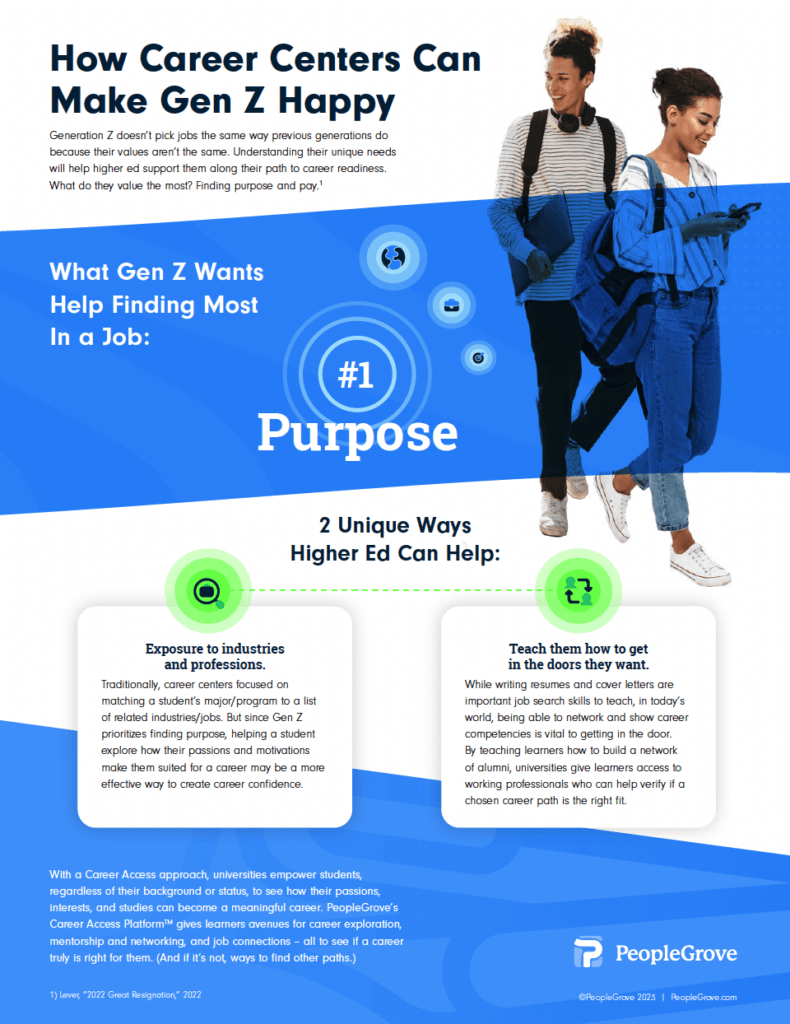
Research shows that not all students have equal access to the crucial elements of Career Access. Students from traditionally underserved communities, such as first generation students, lag behind their peers in completing High-Impact Experiences like internships. They also are less likely to network with alumni and other professionals and thus not develop the crucial Social Capital necessary to their success.8
Technology is a way that institutions can level the playing field by making the elements of Career Access available anytime, anywhere. However, technology in of itself is not a magic wand. Colleges and universities know from experience that simply buying software for the sake of software is not going to solve all their problems. It’s the philosophy and approach behind the technology that makes all the difference and avoids the “theater” of delivering a solution for learners.9
Career Services now, somewhat unexpectedly, now finds itself at the center of the higher education narrative. By harnessing this approach and scaling through technology, Career Services has the chance to claim its rightful place at the leadership table and play the pivotal role in keeping higher education relevant in a very crowded learning ecosystem.
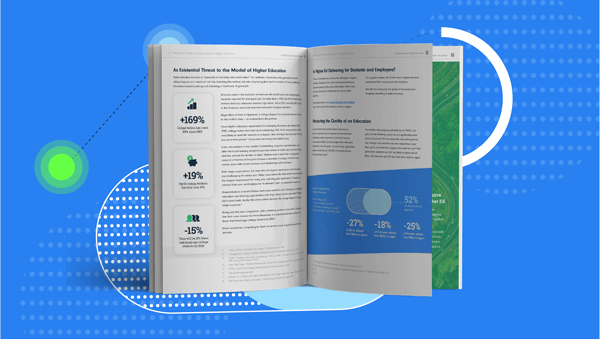
Keep reading about this promising new concept in Career Access: Higher Education’s New Core Differentiator.
1Bass, Randall, “Formation by Design,” TEDxGeorgetown, 2014
3 Inside Higher Ed, “What Employers Want,” 2021
4 Third Way, “One Year Later: COVID-19s Impact on Current and Future College Students,” 2021
6 UCLA Higher Education Research Institute, “The American Freshman,” 2019
7Gallup, “Purpose and Pay Define a ‘Good Job’ for College Grads,” 2020
8Strada, “Understanding Undergraduates’ Career Preparation Experiences,” 2021
Browse more research and insights.
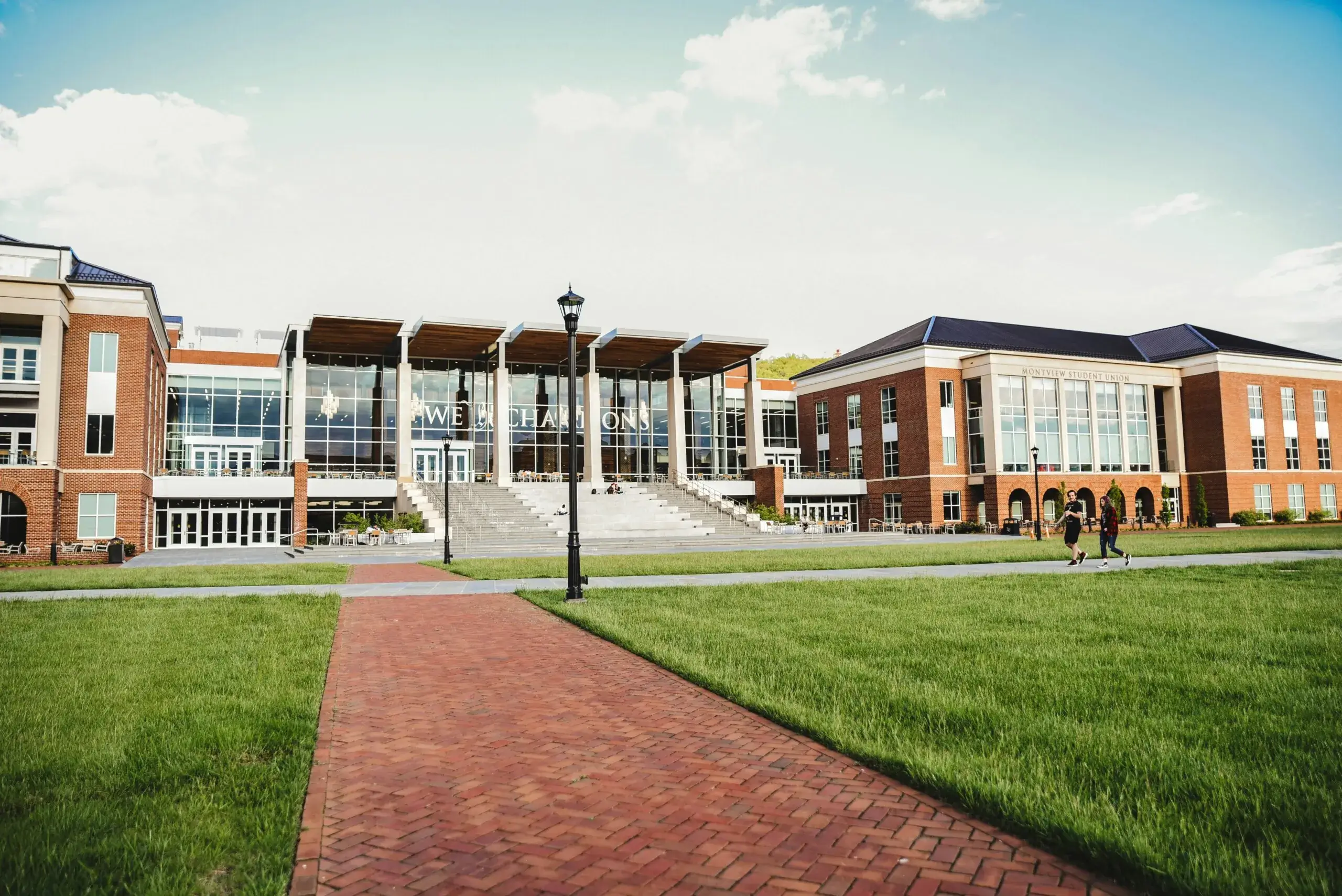
By Solution
Science-backed Career Guidance Scaling Career Services with Science-Backed Guidance: Key Takeaways from Our Webinar For institutions looking to enhance career […]
2 min read

Admin Users
2025 Customer Webinar Series 2025 Product Roadmap: What’s New and What’s Next? We kicked off our 2025 customer webinar series […]
2 min read

Alumni & Advancement
The Shift in Engagement Tech + Trends for New Alumni In a recent webinar hosted by PeopleGrove, Jason Langdon, Senior […]
2 min read